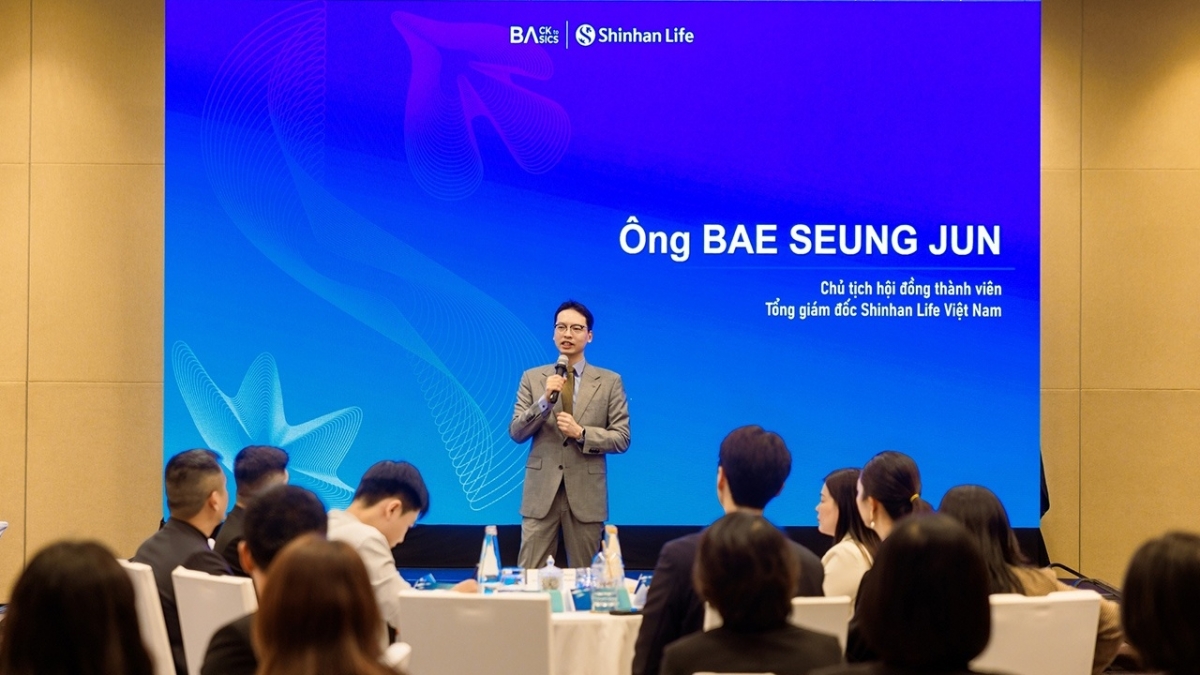New India Assurance MD on FY26 growth strategy and merger buzz

The company’s combined ratio improved to 117% in FY25 from 120% in FY24, and the loss ratio slightly improved to 96.61% from 97.36%.
Chairman and Managing Director Girija Subramanian said the company is building on momentum seen in the second half of FY25 and has already set targets across business lines to stay on course.
In an interview with CNBC-TV18, Subramanian also addressed speculation around a possible merger of state-owned general insurers, saying there is no formal proposal yet. She acknowledged that such a move, if it happens, would depend heavily on the timing and financial health of the other public sector companies involved.
New India Assurance posted a gross written premium of ₹43,618 crore in FY25, a 3.86% increase from ₹41,996 crore in FY24. Despite the growth in premium and operational improvements, net profit fell nearly 13% to ₹2,988 crore in FY25, primarily due to provisions made towards legacy non-moving balances.
Also Read: New India Assurance Q4 net profit slips
The company continued to lead the general insurance market with a market share of 12.6%.
These are the edited excerpts of the interview.
Q: The gross written premium and net earned premium in FY25 grew by around 4%, while the industry was growing in early double digits. What is the growth outlook for both these parameters for FY26?
A: Last year, the growth was not up to the mark. For the first half of the year, growth was pretty muted, and we were lower than the industry growth rate. But in the second half, we picked up, and we were in line with the industry. In the last quarter, we exceeded the industry growth rate. I joined New India in June, so almost the entire first quarter there was no leadership. After that, the growth was still muted in the first half. So it was a mixed bag throughout the year. Even for the industry, growth was muted last year.
Going forward, we are very much prepared to achieve at least double-digit growth in the next fiscal. We’ve got our strategies in place, and targets are already fixed across all lines of business. We are well within our targets.
Q: Would you want to give us a number—early teens, mid-teens, or late teens?
A: Early teens is definitely possible. My personal ambition is that it should be somewhere in the mid-teens, if not better.
Q: The combined ratio came down sharply in Q4 to around 111% from about 119%. For FY25, the average was around 117%. What’s the target for FY26?
A: We want a downward trajectory for the combined ratio for all the years now. We’re working very hard on our services, on systems, on putting SOPs and strict timelines and TATs (turnaround times) in place for all our claim settlements. With all these systemic improvements, I’m sure the combined ratio will come down.
We’re placing increased emphasis on underwriting guidelines and more accountability at the employee level, and we’ve asked all our regional offices to focus on creating a more profitable balance. All of this will definitely result in a downward trend in the combined ratio going forward.
Q: Is there any internal target?
A: The internal target has always been less than 110% for the combined ratio. But the journey depends on various internal and external factors.
Q: When do you expect to hit that 110% target?
A: It would be a combination of an increased thrust on retail lines. That’s going to be one of the most important aspects. If we are able to achieve the kind of retail expansion we’ve planned, then 110% would be more achievable.
Q: Your net earned premium grew just 4%, and total income grew only 1%. But despite that, the underwriting loss reduced by 31% and operating profit grew 1.35 times. Could you tell us what led to that?
A: The underwriting losses came down heavily due to a lot of systemic improvements we’ve implemented across all lines of business. One of the key reasons was the increased emphasis on risk selection. We’ve also been refusing business that doesn’t make commercial sense or isn’t viable. So, growth has been muted partly due to that but these decisions also helped bring down underwriting losses significantly.
Q: There were reports that the government is considering merging the three PSU general insurers with New India Assurance. Have you heard anything official?
A: No, these are rumours we keep hearing. There is no definite proposal, as far as I know.
Q: But if it does happen, wouldn’t that be a big negative for New India Assurance? Your solvency and combined ratios could come under pressure, isn’t it?
A: Actually, the other three companies are also turning around. Last year, they performed better than the year before. It depends on how much they improve this year and whether they return to absolute profits and reduce their combined ratios. The timing of any potential merger, if it happens, will also be crucial.
Whether or not it pulls down New India is something that would definitely be deliberated on. I’m sure no such decision will be taken without due caution.
Q: Is there any plan for an OFS (offer for sale)? Any discussions on stake sale by the government?
A: No. As of now, there is no such instruction from the Department of Financial Services (DFS).
Q: One more operational point on the motor side. Rates haven’t been revised for four years now. We recently reported that the industry has been appealing to the government. Is it likely to go through?
A: Yes, the indications we keep getting from time to time suggest they are considering it, and I hope it really goes through. The motor third-party (TP) business is becoming increasingly unviable, and it’s mandatory; we can’t stop doing it. So I believe the government has to step in and revise the rates to make them more sustainable.
Q: It’s long overdue. What would be the minimum hike needed, given rates haven’t gone up in so long?
A: The workings have already been submitted to the government. They’re quite extensive.
Q: What would you want?
A: Actually, our incurred claims ratio (ICR) for TP has gone up from around 96% to 108%, a 12% jump. If you want to factor in operational viability, inflation, and other costs, then a 15-20% hike would be the minimum we would expect.
link






